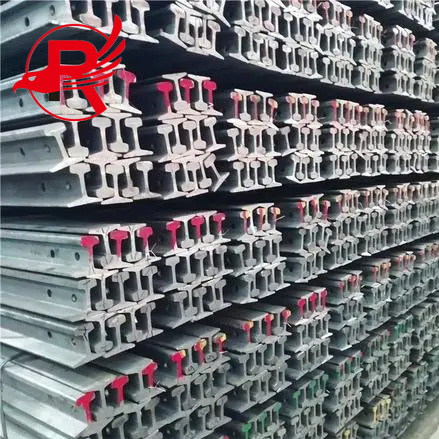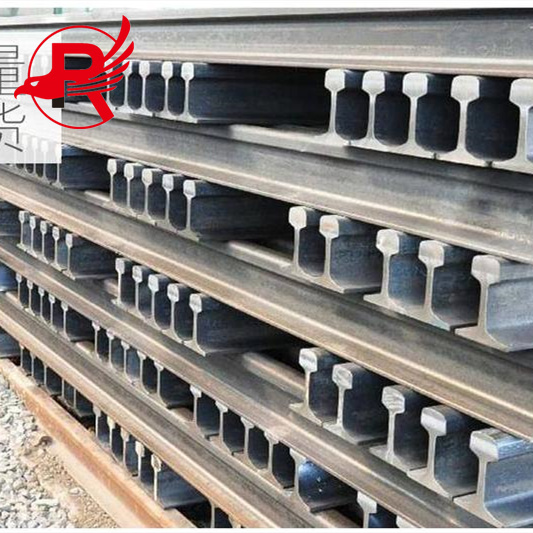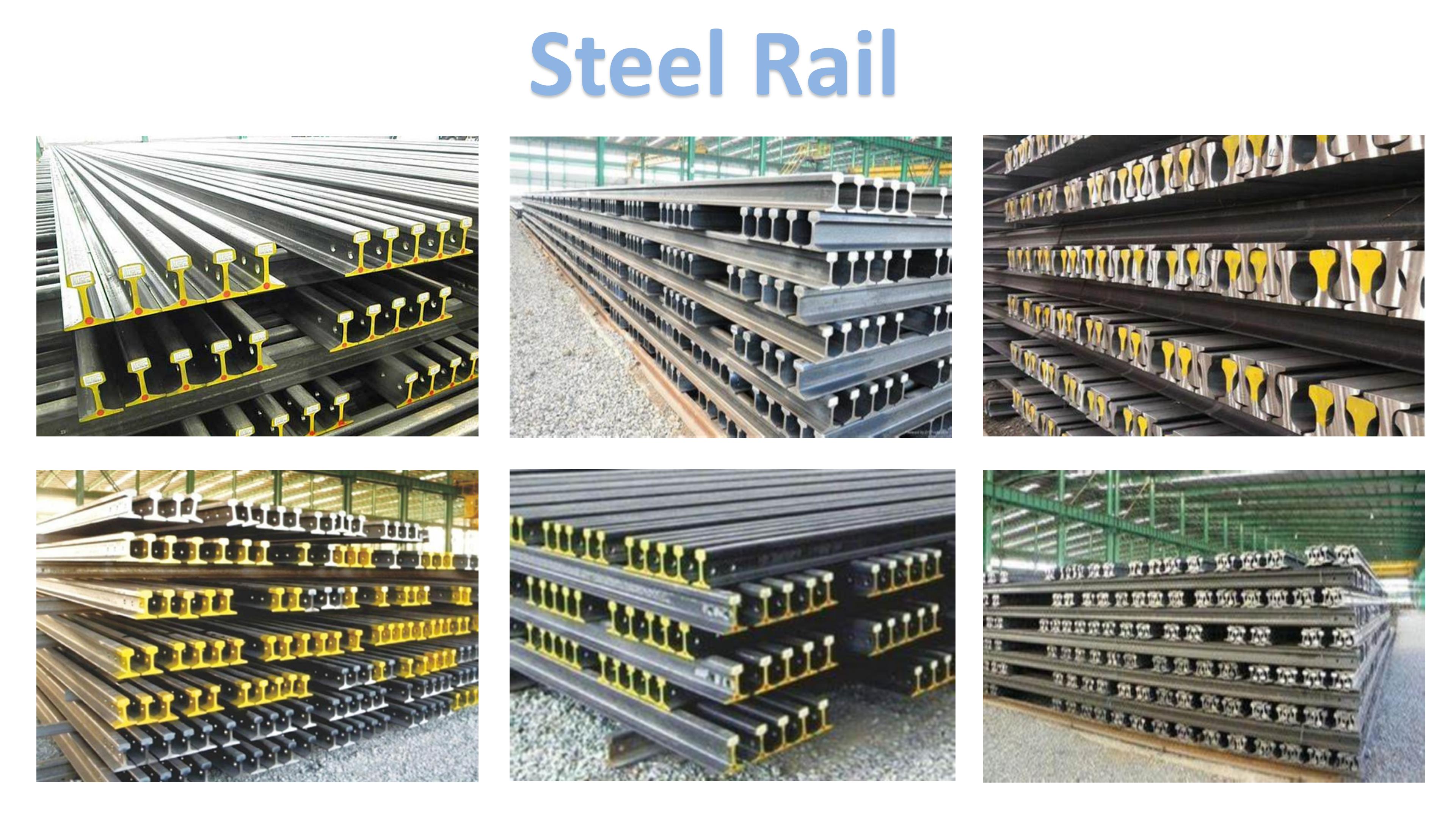Ibyumabagize uruhare runini mu gushiraho ibikorwa remezo by’isi, guhindura ubwikorezi no gutuma ubukungu bwiyongera. Kuva mu minsi ya mbere ya Revolution Revolution yinganda kugeza mugihe kigezweho, ubwihindurize bwa gari ya moshi byabaye ikimenyetso cyubwenge bwabantu nubuhanga bwubuhanga.
Amateka ya gari ya moshi arashobora guhera mu ntangiriro z'ikinyejana cya 19 igihe icyifuzo cya sisitemu yo gutwara abantu neza cyateje imbere gari ya moshi. Mbere yo kwinjiza ibyuma, ibyuma byakoreshwaga mu mbaho byakoreshwaga, ariko wasangaga bikunda kwambara, bikagabanya umuvuduko n'ubushobozi bwa gari ya moshi. Kuza kwa gari ya moshi byagaragaye ko byateye imbere cyane, kuko byatangaga imbaraga nigihe kirekire, bigatuma kwagura imiyoboro ya gari ya moshi no gutwara imizigo iremereye.


Mugihe cya Revolution Revolution, umusaruro wibyuma byateye imbere cyane, bitewe nudushya mubikorwa byo gukora ibyuma. Inzira ya Bessemer, yatejwe imbere mu myaka ya za 1850, yahinduye umusaruro w’ibyuma ituma umusaruro mwinshi w’ibyuma byujuje ubuziranenge ku giciro gito. Iri terambere ryatanze inzira yo gukwirakwiza ibyuma bya gari ya moshi, kuko byarushijeho kuba byiza kandi bigera ku mishinga yo kubaka gari ya moshi.
Kuramba no kwihangana kwagarezagize uruhare runini mu koroshya iterambere ry’inganda n’ubucuruzi. Ubushobozi bwa gari ya moshi zo kwihanganira imitwaro iremereye hamwe n’ibidukikije bikabije by’ibidukikije byatumye biba ngombwa mu gutwara ibicuruzwa n’abagenzi kure cyane. Kubera iyo mpamvu, sisitemu ya gari ya moshi yabaye intangarugero mu bukungu bw’isi, ibera ubuzima n’ubucuruzi n’ubucuruzi.
Mubihe bigezweho, ubwihindurize bwa gari ya moshi ikomeje kugaragara, bitewe niterambere ryibikoresho siyanse nubuhanga. Iterambere ryimbaraga zikomeye zibyuma hamwe nubuhanga buhanitse bwo gukora bwarushijeho kuzamura imikorere no kuramba kwa gari ya moshi. Ibi bishya byafashije kubaka imiyoboro ya gari ya moshi yihuta no kwagura ibikorwa remezo bya gari ya moshi kugira ngo isi ishobore kwihuta.

Akamaro kaibyumamubikorwa remezo bigezweho ntibishobora kuvugwa. Bakora inkingi ya sisitemu yo gutwara abantu, ihuza imijyi, uturere, nibihugu, kandi byorohereza urujya n'uruza rw'abantu n'ibicuruzwa. Byongeye kandi, ibyuma bya gari ya moshi bigira uruhare mubikorwa birambye bitanga uburyo bwo gutwara abantu bukoresha ingufu, kugabanya ibyuka bihumanya ikirere no kugabanya ubwinshi bwimodoka.
Urebye imbere, ahazaza h'icyuma hasezerana iterambere ryinshi. Imbaraga n’ubushakashatsi n’iterambere byibanze ku kuzamura imikorere no kuramba kwa gari ya moshi, hibandwa cyane ku kugabanya ingaruka z’ibidukikije no kunoza imikorere. Kuva hifashishijwe tekinoroji ya gari ya moshi igezweho kugeza ishyirwa mubikorwa ryibikorwa remezo byubwenge, ihindagurika rya gari ya moshi ryiteguye gukomeza gushushanya imiterere yubwikorezi n’ibikoresho.
Mu gusoza, ubwihindurize bwa gari ya moshi byabaye urugendo rudasanzwe, kuva batangiye bicishije bugufi mugihe cya Revolution Revolution yinganda kugeza uruhare rwabo mubikorwa remezo bigezweho. Nkubuhamya bushya bwabantu niterambere, gariyamoshi yahinduye uburyo duhuza no kugenda, ishyiraho inzira yigihe kizaza cyubwikorezi burambye kandi bunoze.
Aderesi
Bl20, Shanghecheng, Umuhanda wa Shuangjie, Akarere ka Beichen, Tianjin, Ubushinwa
E-imeri
Terefone
+86 13652091506
Igihe cyo kohereza: Gicurasi-10-2024
